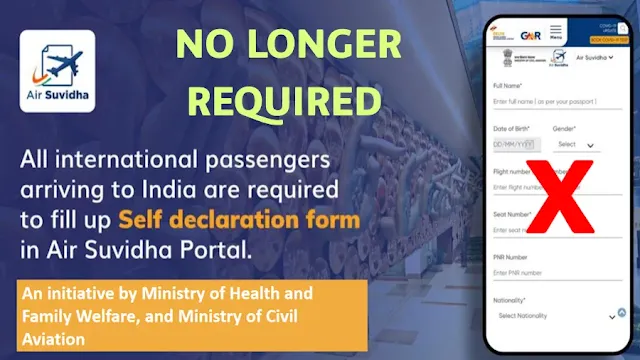During a family trip to Thailand, we were excited to bring back fresh jackfruit to share with friends. At the airport, however, security stopped us due to the fruit’s strong smell, explaining it was banned to keep the cabin comfortable. This experience inspired us to dive into why jackfruit faces such restrictions and how to navigate fruit-related travel rules.
Transporting fruit aboard flights is subject to various regulations that differ by airline and country. While fresh fruit for personal consumption is generally allowed, certain fruits like jackfruit and durian face strict bans due to their strong odors and potential to cause messes.
Table of Contents
Airline carriers restrict certain items to ensure safety, security, and passenger comfort.
When traveling internationally, understanding the agricultural laws of your departure and destination countries is crucial. Some fruits may require inspection or declaration upon entry to prevent the introduction of pests or diseases.
Why is Jackfruit Banned on Flights?
Jackfruit is banned on flights primarily due to its strong, distinctive odor, which many find unpleasant. This smell can permeate airplane cabins, causing discomfort for passengers and crew. Airlines prioritize a pleasant travel environment, and jackfruit’s potent aroma—similar to durian—has led to its prohibition in hand luggage and cabins. Additionally, jackfruit’s sticky, juicy flesh can create messes, potentially attracting pests or causing hygiene issues during flights.
What is the Problem with Jackfruit?
The primary issue with jackfruit is its overpowering smell, often described as a mix of sweet and musky notes that can linger in enclosed spaces. This odor can disturb passengers, especially in confined areas like airplane cabins or public transport. Additionally, jackfruit’s large size and sticky, juicy texture can lead to spills, creating hygiene concerns or attracting insects. These factors make it a challenging item to transport without affecting others.
Why is Jackfruit Not Allowed in Hotels?
Many hotels ban jackfruit due to its strong odor, which can permeate rooms, hallways, and common areas, leading to guest complaints. The smell can cling to fabrics like curtains or carpets, requiring extensive cleaning. Furthermore, improper disposal of jackfruit waste can attract pests, posing sanitation issues. Hotels aim to maintain a pleasant and clean environment, so they often prohibit jackfruit and similar strong-smelling foods like durian.
Why Are Some Fruits Not Allowed in Flight?
Certain fruits, including jackfruit, durian, and coconuts, are restricted on flights due to their strong odors or high water content. Strong-smelling fruits can disrupt passenger comfort, while juicy or perishable fruits risk leakage, spoilage, or pest attraction, creating hygiene issues. Additionally, international agricultural regulations may prohibit bringing fresh fruits across borders to prevent the introduction of pests or diseases. For example, countries like Australia and the U.S. have strict biosecurity laws requiring fruit inspection or disposal before entry.
Travel Tips for Carrying Fruit
While small quantities of most fruits are allowed for personal consumption, always check airline policies and destination country regulations. For example, coconuts may be restricted due to their liquid content. To avoid issues, consume or dispose of fruits before reaching customs, and declare any fresh produce if required. For more details, see this Quora discussion on jackfruit bans.













